Linking watershed management to water and sanitation issues to reduce poverty and improve livelihoods are central to Bolivia WATCH, an innovative intervention to plan for better management of the country's water resources.
Integrating scientific tools and communities' local wisdom helps decision makers develop an inclusive approach in ensuring equitable access to clean water.
We take a close look at the ideas, activities and lessons learned from this project, funded by SIDA Bolivia and implemented by SEI centers in USA, Stockholm and Latin America, and the local partners in Bolivia.
Bolivia, like other Andean countries, has uneven geographical and seasonal distribution of water. With three large transboundary watersheds — namely, the Amazon River which is the world's biggest watershed, the La Plata River system and the Altiplano — parts of Bolivia are richly endowed with water resources, while others lack access. This variability creates significant pressures that make it difficult for water managers and communities to keep constant access to water that is clean and free of pollutants.
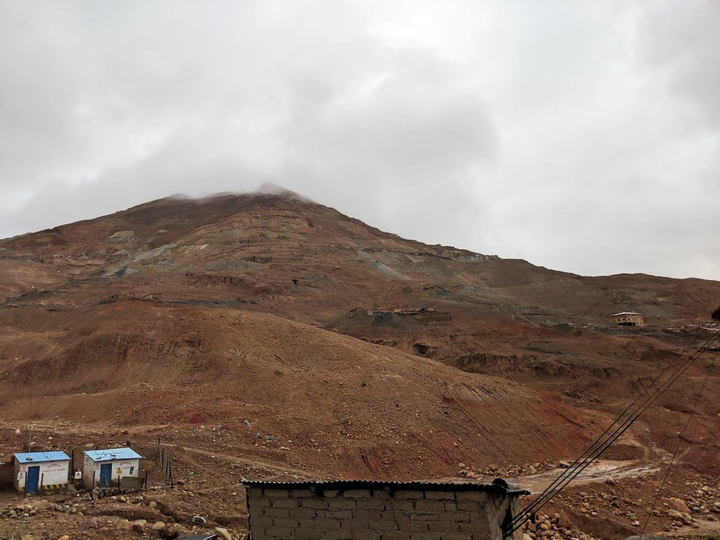
Besides climate-induced floods and water scarcity, rapid economic development and urbanisation make it more challenging to get water to places that are short of resources. Water quality is deteriorating due to urbanization, mining and lack of sanitation and pollution control from human waste. The sanitation situation, or access to clean drinking water and adequate sewage disposal, is challenging, since only half of the population has access to sanitation; and most of the wastewater is discharged without treatment.
Furthermore, political instability has resulted in on-going changes in governance. Be it climate change or political instability, the most vulnerable communities are hit the hardest, especially in accessing safe drinking water and water for productive uses, necessitating the need to address these challenges and ensure access to safe water for all.
An integrated approach
"We aim to support water management in Bolivia in a comprehensive way," says Marisa Escobar, Water Program Director at the Stockholm Environment Institute (SEI), an international think tank working on energy, water and climate change. "Only through integrated watershed management can we make clean water available to all communities, especially those in remote areas."
In 2019, SEI started helping Bolivia connect WASH (water, sanitation and hygiene) and watersheds through the new Bolivia WATCH project, WATCH being an acronym for WASH Thinking Connected to Hydrology. The focus of Bolivia WATCH is the Choqueyapu, Tupiza and Pampa Huari watersheds. The three basins are different in scale, altitude and biodiversity, but have the same challenges of water, sanitation and waste.
This integrated approach of linking sanitation and hygiene to watershed management is quite new and addresses the issues of water management, poverty, migration and WASH. This approach will contribute to sustainable water access in Bolivia.
The project is collaborating directly with 400 individuals as part of the co-production process and who are receiving training for the sustainability of the program in the three basins. Indirectly, the project will benefit abound 1 million people from cities and communities living in the basins.
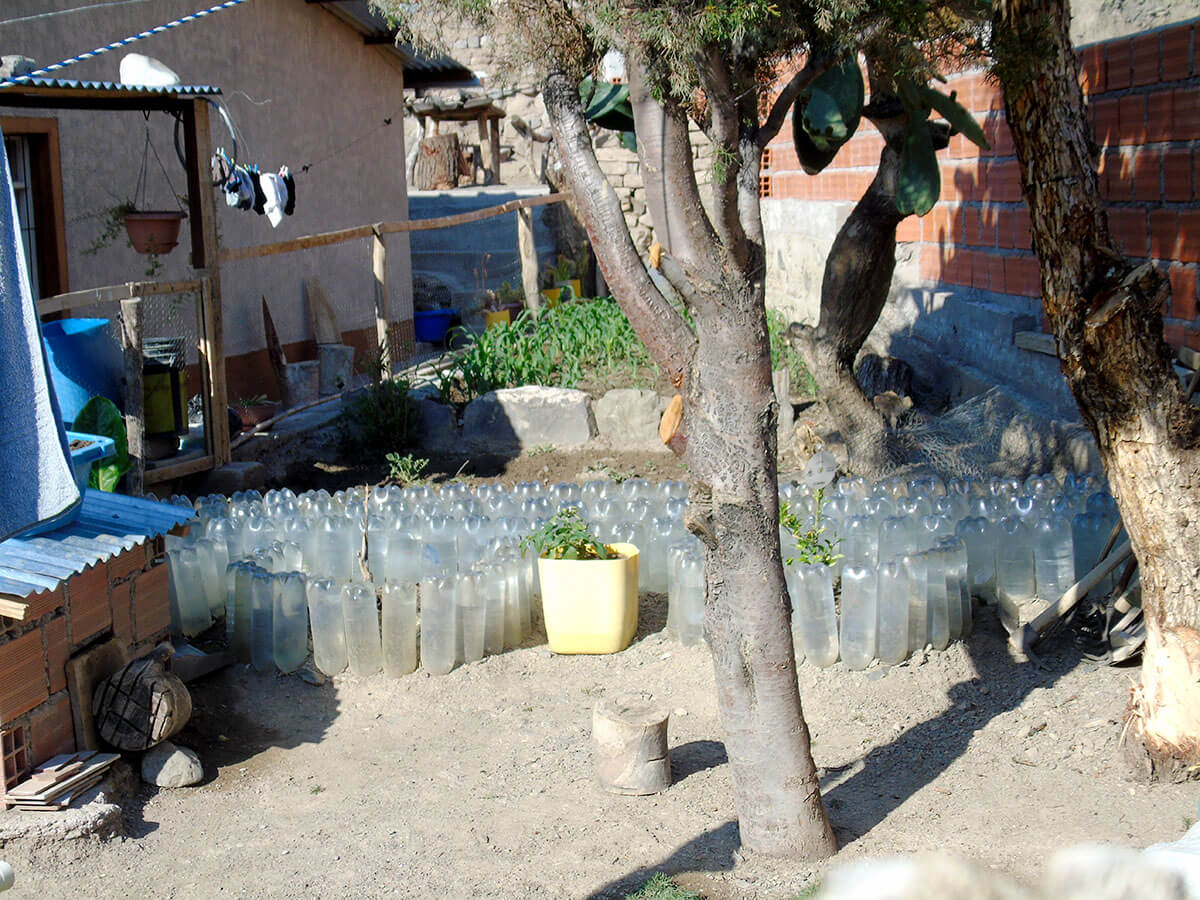
Community involvement
SEI and the local partners use Robust Decision Support, a participatory process to identify key players, collect data, develop tools and conduct capacity building. This helps them identify solutions that will benefit WASH and watershed planning.
A proper understanding of communities' resources helps improve water management. Bolivia WATCH has developed tools to support decision making, but it also recognises the fact that people know and understand their own watershed better.
"Talking to people reveals local wisdom. This is why we ensure the collected information reflects local interests," says Escobar. "It reflects in the watershed plan. Participatory approach bears results."
She says that simple solutions emerge during interactions with community members, citing the example of installing tanks in remote areas.

Women's representation
While visiting remote communities in the project areas, Melina Balderrama, the local coordinator of SEI US, found a lack of female staff, especially in decision-making bodies.
While visiting a community of abound 300 people in a remote area, she learned that they had a good income from crop production. Man sought technical support to design the irrigation system — not sanitation.
"They have internet but do not have sanitation infrastructure. The latrine discharge goes directly to the irrigation water source, posing hygiene risks," says Laura Forni, the senior scientist in charge of gender and poverty analysis. "Men prioritise irrigation and women prioritise sanitation. It was a learning for me as well as the decision makers. We learn of such perspectives only when talking to women."
Balderrama finds this project is an opportunity for women's empowerment, as women can be included in the project, and the interests of women can be incorporated in the design. Incorporating women's desires for sanitation in the water system, they can be involved in the water management design and meet everyone's needs.
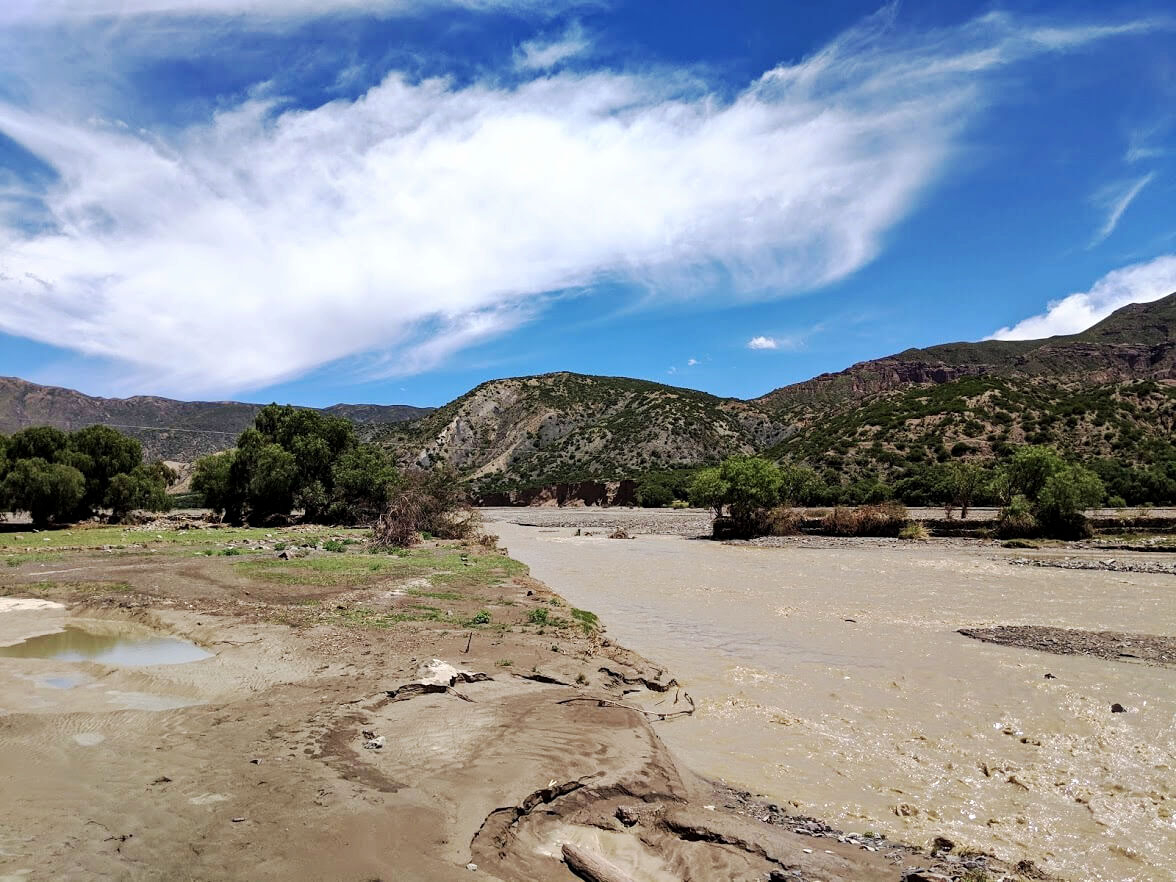
Inclusive intervention
The watershed management plans will be implemented by the National Watershed Plan of Bolivia's Ministry of Environment and Water. "It is important to connect with the implementing agencies to ensure ideas and actions align well," says Forni.
"As scientists and policy makers, often we operate at scales larger than those that allow consideration of local interests," she adds. We want to stop such a practice and connect the local, regional and national needs with policies."
This watershed planning has taken into consideration issues like gender and poverty that are often overlooked. This will help change policies by prioritizing communities' need for sanitation services and water supply.
Forni emphasises that designing interventions in water and ecosystem management must not exacerbate inequality. "Economic progress often focusses on large-scale development, neglecting the interests of vulnerable communities. Our task is to empower the marginalised voices," she says.
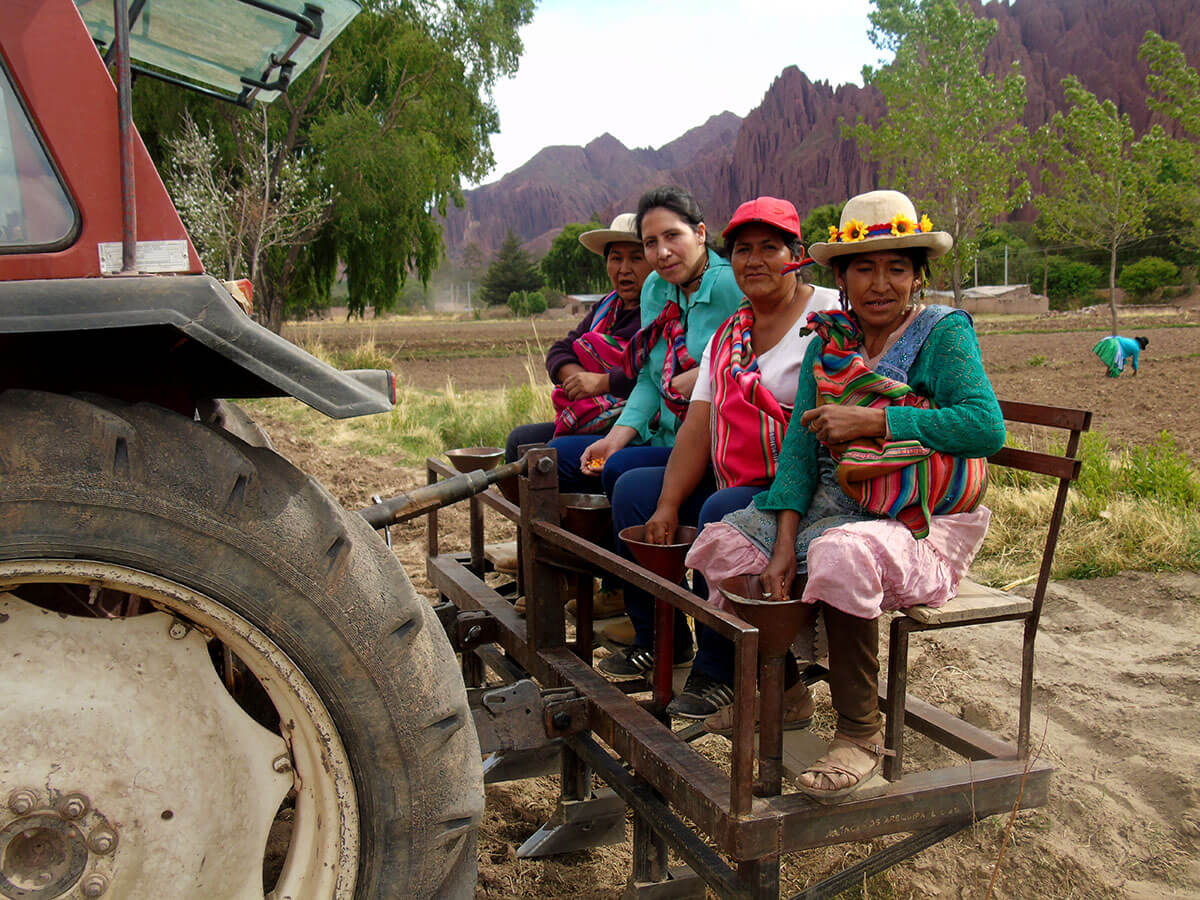
Replicable solution
By putting sanitation on the radar, SEI US has shown communities and decision makers the benefits of investing in WASH and including it in watershed planning. The challenges that crop up will need to be addressed.
"In the first two years of the project, the government changed twice, and hence the governance structure. The project lost momentum and investments in capacity development," says Balderrama. Hence she feels that there is a need to maintain knowledge and skills amid institutional changes.
Escobar says that acquiring finances for implementation is part of the project, while admitting that it is a challenge. The plan is to approach multilateral funders such as the World Bank, and make the activities visible to elicit the support of international community and private sector.
Bolivia has abundant water resources. When decision makers use better tools and scientific insights, water management practices will improve.
According to Escobar, Bolivia WATCH could serve as a blueprint for other regions and countries to integrate watershed management with innovative sanitation interventions to ensure adequate and clean water to all users.
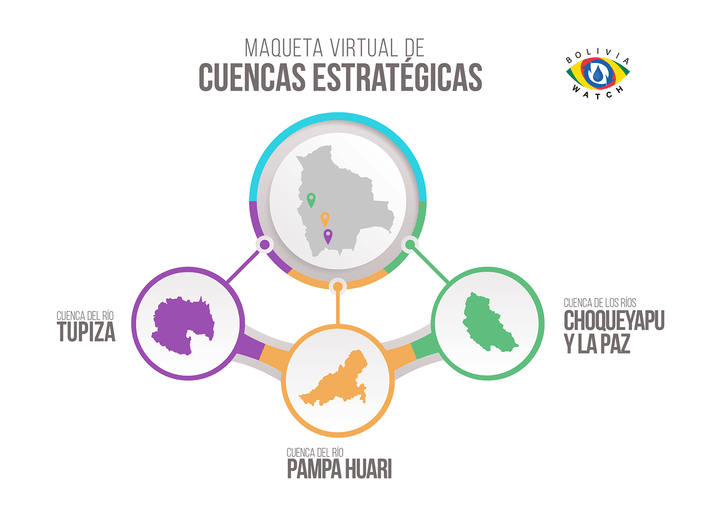
ThingLink map with the three watersheds that are part of Bolivia WATCH. The map and additional information about the project can be accessed here.
Bolivia WATCH Toolbox:
The program has created a set of tools that support the analysis and identification of sustainable WASH and watershed solutions. These include:
WEAP: estimates a balance between natural supply and sector demand, operation of supply sources, allocation and water rights, impact of climate change, change in hydrological response due to MIC interventions. https://www.sei.org/projects-and-tools/tools/weap/
REVAMP: is a tool for quickly estimating, visualizing and valuing the resources that could be recovered from a city's organic waste streams: sewage sludge, faecal sludge, and food and other organic solid waste. https://www.sei.org/featured/revamp-urban-waste-circular-economy/
WASH Flows: is a WASH component added to existing biophysical watershed models in WEAP to identify alternatives focusing on sustainable sanitation and efficient water to benefit local communities while addressing watershed impacts. https://agu.confex.com/agu/fm20/meetingapp.cgi/Paper/750109
Empowerment in Wash Index (EWI): measures agency, participation and empowerment in the water and sanitation sector. The Index is made up of indicators to assess empowerment in relation to WASH roles and responsibilities as well as broader society. https://www.sei.org/publications/empowerment-wash-index/#measuring-empowerment
Participatory Decision-Making Model (PDM): integrates the WEAP model with uncertainties and intervention, including an interactive dashboard with user-friendly visualizations for decision packages and analysis of performance indicators across objectives and levels of disaggregation https://www.mdpi.com/2073-4441/13/2/190/htm



